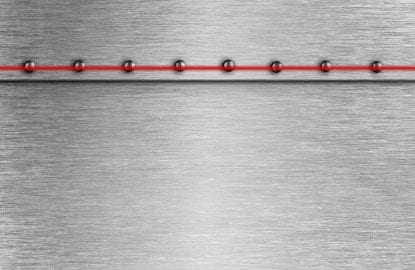A crosshair laser is commonly used as a reference point, as a visible source of horizontal and vertical laser lines for alignment, positioning, and installations. In this blog, we explore the applications of crosshair lasers and how various industries are utilizing them.
Industrial Applications
Crosshair laser pointers can be used to position saw blades automatically in a timber mill or to align wheels in assembly during automotive manufacturing or in servicing of vehicles.
Manufacturing
CNC machines used for operating grinders, lathes, and other tools rely on laser guides for marking, positioning, aligning, and orientation. Crosshair lasers and laser modules, with their precise cross-line directionality and high brightness, are ideal for these tasks. These lasers are also used to align components during the assembly and servicing of industrial machines, including machine tools, precision stages, and semiconductor manufacturing equipment.
Timber Processing

The processing cycle of wood in the timber industry requires high accuracy for aligning logs and boards in front of the sawmill and the edger respectively. Crosshair lasers and laser modules are used for positioning and alignment of logs and sawmills resulting in precise cuts and optimal material utilization.
Automotive

During vehicle production and assembly, crosshair lasers, laser modules, and structured light lasers play a vital role in verifying alignment, dimensions, and surface finish. For example, crosshair lasers are used for positioning seats, frames, wheels, body panels, and for testing headlights as well as the final assembly. Crosshair lasers also make vehicle wrapping or decals more efficient by ensuring the decal is perfectly aligned with the contours of the vehicle.
Construction Applications

Crosshair lasers, laser modules, and structured light lasers are also used for basic surveying, masonry alignments, and for leveling floors, beams, etc. in construction. There are various other indoor construction applications using these laser lines to emit a red crosshair laser beam onto a wall or other flat surface making installations and fixtures more precise.
Medical and Healthcare Applications

In surgical procedures, crosshair lasers and structured light lasers provide precise alignment, ensuring that surgical instruments and implants are placed accurately. Green crosshair lasers are also used in diagnostic tools to align medical imaging devices like X-rays, CT scans, and MRIs. This alignment ensures that images are captured accurately, aiding in accurate diagnosis and treatment.
Scientific Research and Laboratory Applications
In scientific research, crosshair lasers, are essential for aligning optical components like lasers and lenses. Crosshair lasers enhance imaging techniques in microscopy, and aid in detailed analysis.
Textile and Printing Applications

A laser guide is ideal for aligning fabric on stitching tables and for aligning the printing substrate before printing. This can be achieved by employing a highly accurate crosshair laser alignment system as a visual guide for high-quality textile, prints and minimal waste of materials.
Conclusion
Crosshair lasers are versatile tools with numerous applications across a wide range of industries. From manufacturing to medical fields, these lasers provide precision and efficiency, improving the quality and reliability of products and services.
When specifying a crosshair laser, important parameters to consider include form factor, wavelength, working distance, cross-hair beam quality, and reliability. ProPhotonix offers a range of robust and highly precise laser modules with red and green crosshair laser line output. These lasers are suitable for all the applications mentioned above, providing low power consumption and high optical power output.
ProPhotonix is a leading designer and manufacturer of Laser Diodes, Laser Modules, UV LED Curing Systems, LED Products, and UVC LED Disinfection Systems. Contact us for free expert advice on selecting the optimal solution for your system.
ProPhotonix laser module range includes laser modules by beam shape including crosshair lasers, line lasers and dot laser modules. Contact us for free expert advice on selecting the optimal solution for your system.





